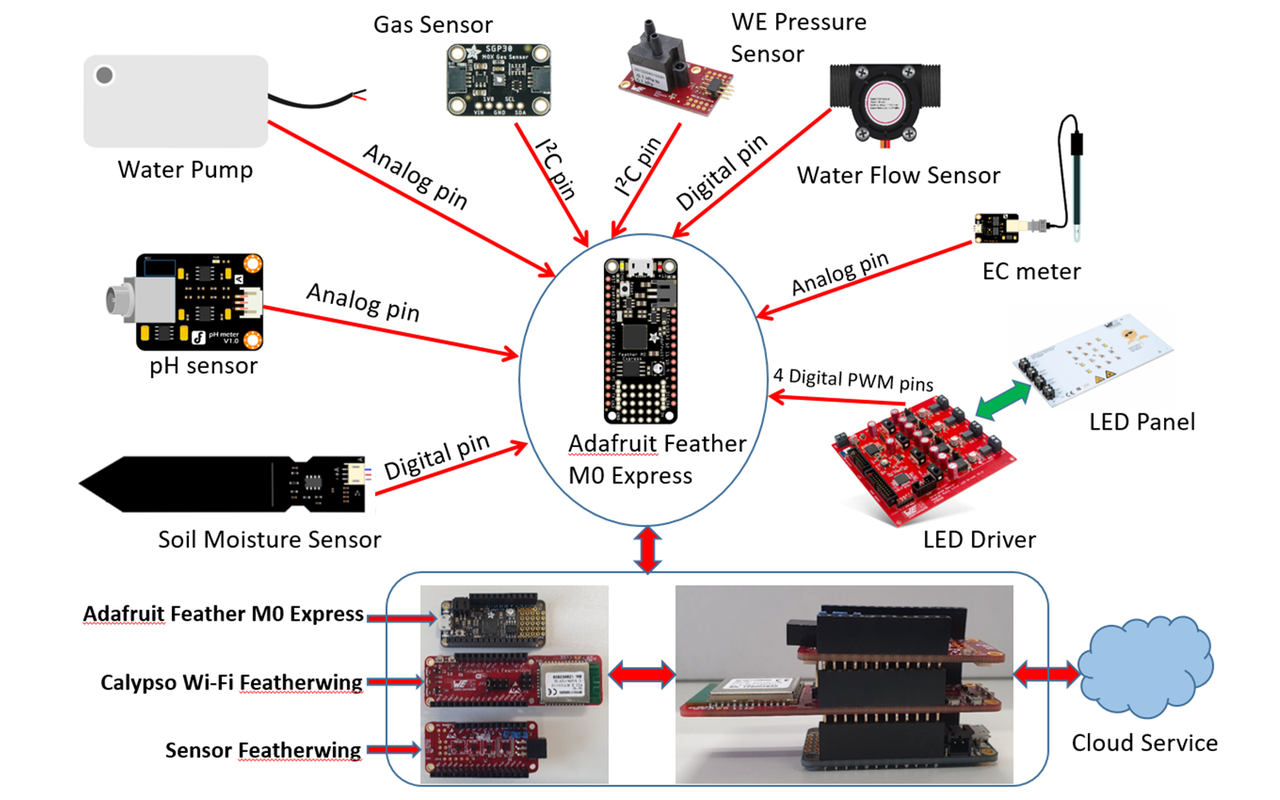Horticulture LEDs to Boost Vertical Farming Efficiency
With the growing world population and global warming, arable land and fresh water are becoming increasingly scarce {C1}. Many new approaches will be needed in agriculture. One of these is Controlled Environmental Agriculture (CEA). Würth Elektronik offers Horticulture LEDs and promotes the use of plant- and growth-specific light recipes. Engineers at the company have thought about how the control of a CEA could be realized as an IoT application.
Note: This article was published in LpR#102, March/April 2024.
One of the Controlled Environmental Agriculture solutions is indoor vertical farming. In "vertical farms", fresh, nutritious food can be grown locally for people, e.g., in urban areas. This method of growing is also possible in regions of the world where conventional agriculture would not work. It supports traditional agriculture and does not compete with it. Vertical farms are multi-level digitized greenhouses that can only be successful if several key technologies like lighting, control and monitoring are mastered. Würth Elektronik offers a wide range of "horticulture LEDs" {C2} whose color spectrum is ideally matched to plant requirements. It also conducts its own research in this area to further establish suitable dynamic lighting recipes for the market {C3}. A sample kit with horticulture LEDs and wireless connection exists to create optimal lighting conditions and keep energy consumption low with intelligent lighting control and optimized power supply {C4, C5}. More about horticulture LEDs and their application can also be found in {C6} to {C11}. Besides optimal light conditions, other environmental factors are also important for plant growth including temperature, humidity or even the soil moisture. These parameters must be monitored, controlled, and dynamically optimized.
An IoT Controlled Vertical Farm Prototype
A network of sensors and actuators that are needed for the Internet of Things for complex automation, such as the smart factory of Industry 4.0, smart buildings, or even new agricultural concepts. The following shows how the use of horticulture LEDs and the implementation of remote monitoring and control for plant growth in vertical farms can be realized quickly and cost-effectively using rapid prototyping tools. {F1} shows the prototype of an indoor farming box.
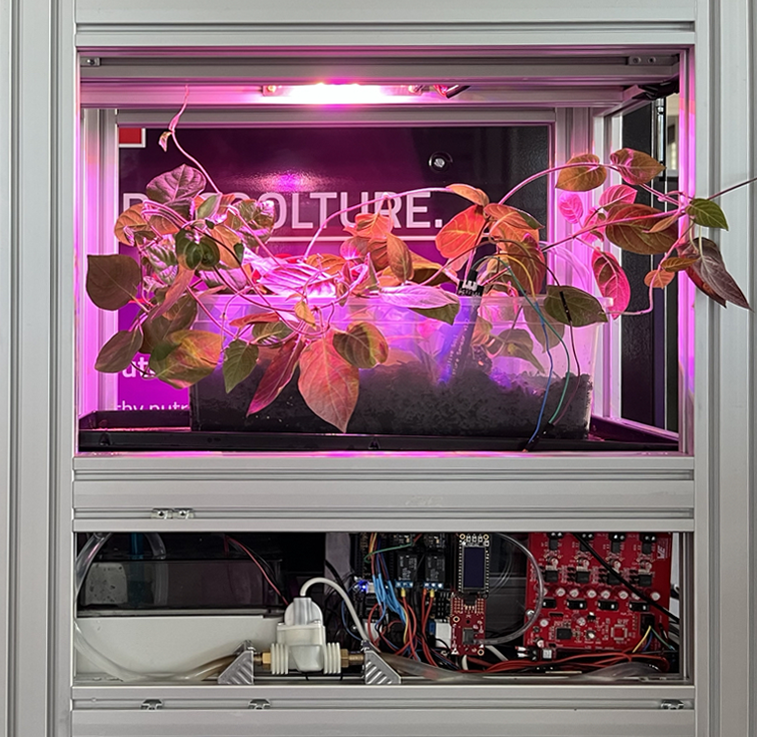
Figure 1: Prototype of an indoor farming box. Source: Würth Elektronik eiSos.
All critical components of the prototyping solution are available from a single source, from Würth Elektronik. The core task of any IoT solution is to transfer data from the field to the cloud, where it is analyzed to generate the desired added value for the application. An open-source hardware and software ecosystem was used and a complete IoT solution was created for this application. To this end, Würth Elektronik has combined Adafruit's Feather M0 Express board with its own FeatherWings, i.e., the Feather form-factor development boards with various sensors, radio and power modules, LEDs and LED drivers and components {F2}. Here the basic idea is to create a digital system that optimizes growth, on the one hand, and electricity and water consumption, on the other.
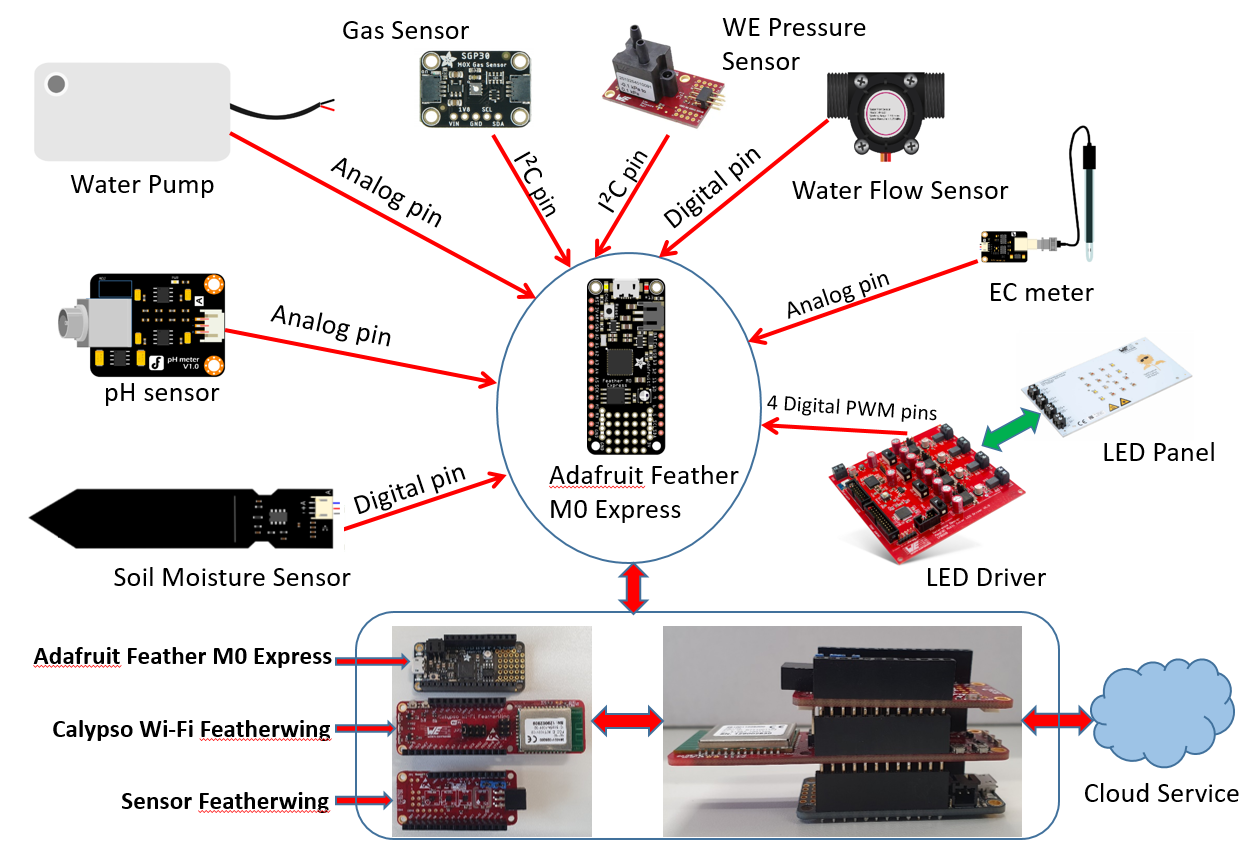
Figure 2: IoT system prototype for vertical farming based on the Feather form factor. (Source: Würth Elektronik eiSos).
Water and Light
The vertical farming prototype is based on a soil substrate combined with a 4-channel LED driver and a horticulture LED design kit that makes it easy to mix the required light spectra to promote plant growth under different lighting situations. The drip irrigation system and water tank use recycled water whose pH and electrical conductivity (EC) (salinity) are measured, controlled, and transmitted to the cloud through wireless connectivity modules from Würth Elektronik. A soil moisture sensor monitors soil moisture and a small pump supplies water to the system, if required. The excess water is collected, filtered, and returned to the tank. The heart of the system is Adafruit's Feather M0 Express board with relays used as switches. Data is sent to the cloud, where the information is processed, analyzed, and used to control the farm.
LED Panel
The lighting system {F3} consists of a horticulture LED panel with four separate channels including special single-color horticulture LEDs, and the MagI³C multi-color LED driver. Both are included in the Lighting Development Kit from Würth Elektronik {C2}. The LED driver with the MagI³C series step-down power module allows individual adjustment of the intensity and color of each of the four LED strands to meet the application requirements and match the light recipes to the plant profile. The horticulture panel consists of six hyper-red (660nm), four far-red (730nm), two deep blue (450nm) and four white ceramic LEDs. The system can be controlled via Bluetooth, Wi-Fi or a cell-phone connection.
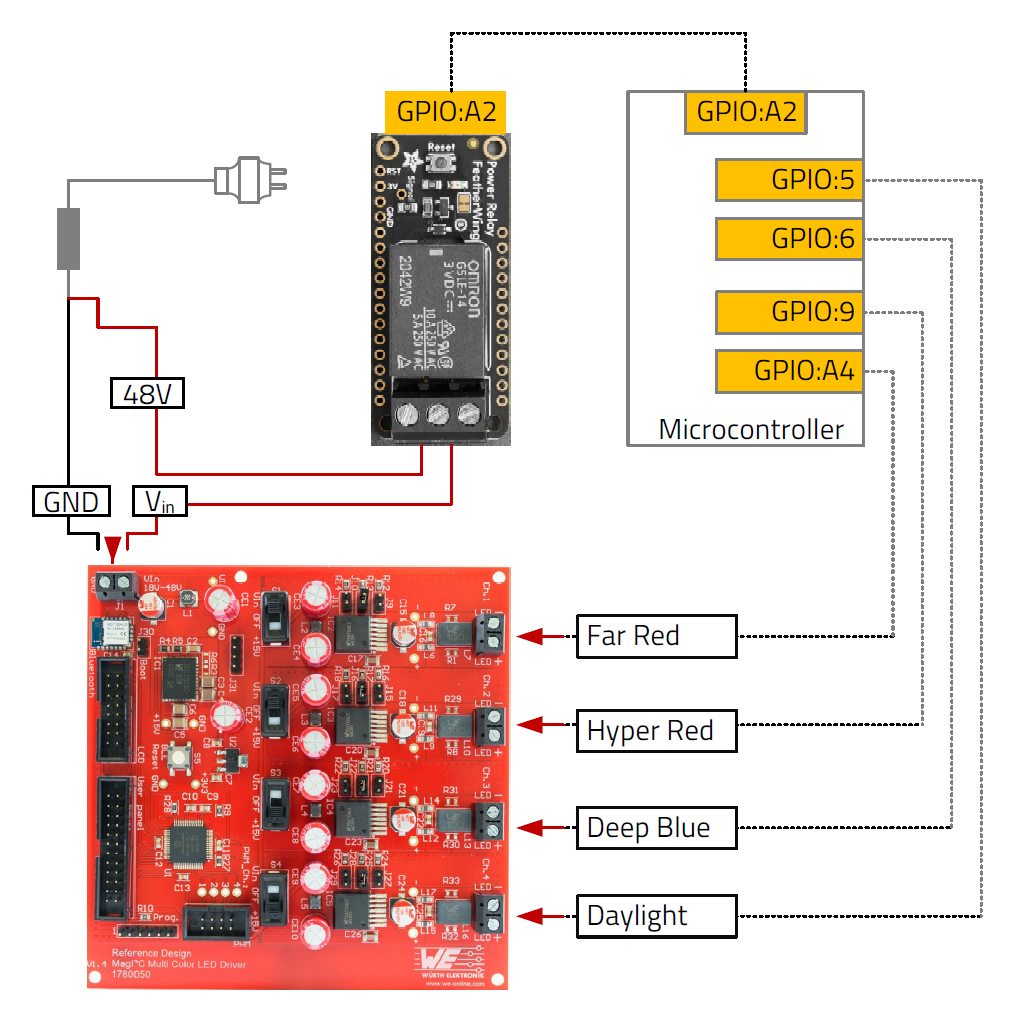
Figure 3: The lighting system for plant cultivation consists of an array of single-color LEDs and an LED driver. (Source: Würth Elektronik eiSos).
Watering
The very accurate MEMS piezoresistive WSEN-PDUS differential pressure sensor measures the water tank filling level {F4}.
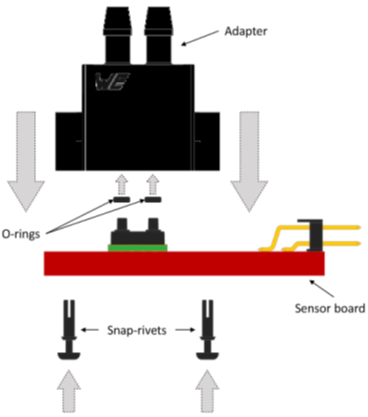
Figure 4: The WSEN-PDUS differential pressure sensor is a very accurate MEMS piezoresistive sensor. Source: Würth Elektronik eiSos.
In addition, a 12 V pump moves the nutrient-rich water into the drip tray via a flow sensor. Water quality is monitored with the DFR-05874 (pH) and DFR-0300 (EC) meters from the DFRobot Gravity series. Most natural bodies of water have a pH value between 5 and 8. The generally accepted pH for irrigation water is between 5.5 and 7.5, but the best results were achieved with pH values between 5.5 and 7. Water in this pH range maintains its nutrient balance, provides effective chemical disinfection, and prevents calcification in irrigation systems {C12}.
"Fertigation" is a blend word of fertilization and irrigation. As a result of the small substrate surface area, growing in substrates requires good irrigation and a lot of fertilizer, which is added to the irrigation water. An EC meter is used to detect an undersupply or oversupply of fertilizers in the irrigation water. Electrical conductivity (EC) is a measure of the concentration of ions in water and serves to measure the ability of water to conduct electricity. The purer the water, the lower the conductivity. The capacitive STEMMA soil sensor from Adafruit was used to measure soil moisture. Capacitive measurements use only one probe; there is no exposed metal that can oxidize, and no DC current is passed into plants. The pump is controlled automatically and directly via the cloud. Its operating time is calculated based on the number of plants, required soil moisture, and the pump flow rate (F5).

Figure 5: Irrigation system with sensors, water tank, pump and control boards. Source: Würth Elektronik eiSos.
Feeding Plants
Carbon dioxide is required in large quantities for enrichment and extraction processes. These processes accelerate the growth of plants and CO2 serves as a fumigant. In enrichment, a CO2 content of 800-1500ppm is usually set to accelerate growth by 20 to 30%. Increasing overall metabolic rate helps plants withstand the effects of heat. Larger, healthier and more robust plants tolerate extreme environmental influences better. An increased plant metabolic rate means additional requirements, however. The plants not only need more water and nutrients, but also additional ventilation. The CO2 content of the system was measured and monitored online using the Adafruit SPG30 air quality sensor connected to the Würth Elektronik sensor FeatherWing. It should be kept in mind that the sensor measures the equivalent CO2 content. This CO2 value is calculated based on the H2 concentration, so it is not a "real" CO2 sensor for laboratory use. A plant requires different light and heat conditions at each stage of growth. Most plants tolerate normal temperature fluctuations, and the optimal thermal conditions for plant growth can vary, not only between the respective phases, but also throughout the day. Optimization can be achieved by measuring the temperature and optimizing the daily cycles. When the light is switched off, the temperature should be a few degrees lower. Humidity is specified as relative humidity. Different plant stages require different levels of humidity. An overly humid environment can raise the potential for spreading disease. Both humidity and temperature are monitored with the WE sensor FeatherWing.
Connections to the IoT
How to connect to the digital world. Today, there are many standardized and proprietary wireless solutions, whose selection is determined by several factors such as transmission range, throughput, frequency bandwidth, local regulatory requirements and energy budget. The prototype's communication is implemented using two different approaches, firstly with a Calypso Wi-Fi FeatherWing (F6) for environments where Wi-Fi is available, and secondly with an Adrastea-I FeatherWing (F7) for environments without Wi-Fi. Both boards are connected to the rest of the system via the Adafruit Feather M0 Express board. The Calypso board is a compact Wi-Fi radio module based on the IEEE 802.11 b/g/n (2.4GHz) Wi-Fi standard. It has an integrated TCP/IP stack and an out-of-the-box MQTT (Message Queue Telemetry Transport) protocol. The Adrastea-I module is a compact LTE-M/NB-IoT mobile module with integrated GNSS and an Arm Cortex-M4 processor suitable for every IoT application. Both modules are suitable for simple and secure connection to the cloud. In this case, the choice was made for Microsoft IoT Central, a Platform as a Service (PaaS), because of its simplicity and ease of use. IoT Central has a ready-to-use user interface and API for connecting, managing and operating IoT devices. With its telemetry, features and commands, it has been used to monitor and control all aspects of the vertical growing system.
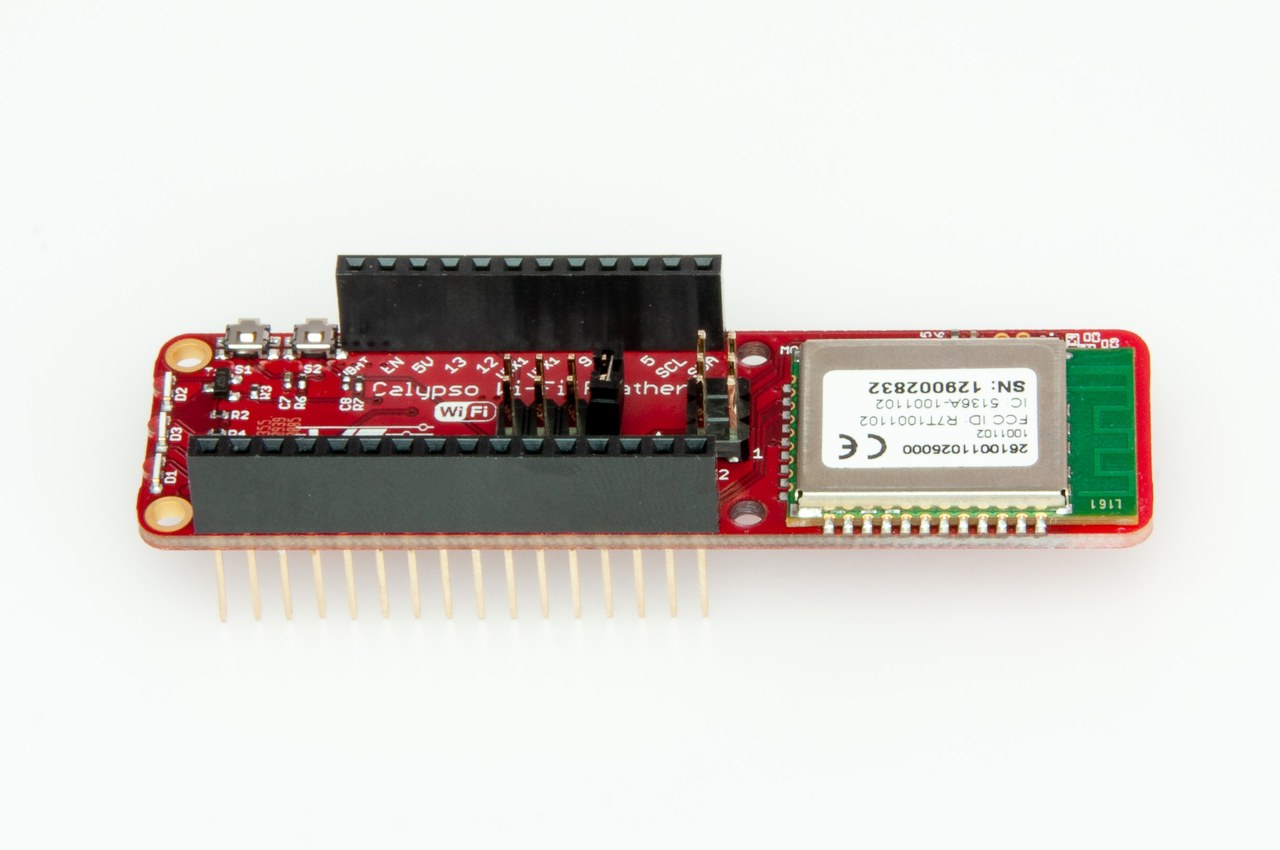
Figure 6: The Calypso FeatherWing provides connectivity in environments where a WiFi network is available. Source: Würth Elektronik eiSos.
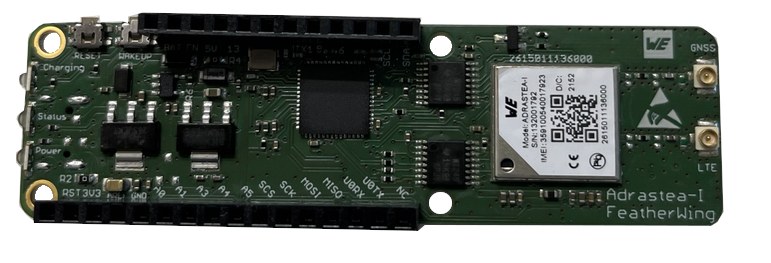
Figure 7: The Adrastea-I module is a compact LTE-M/NB-IoT mobile module with integrated GNSS and an ARM Cortex-M4 processor. Source: Würth Elektronik eiSos.
Summary
How does the IoT connected vertical farming work? The prototype shows it on a small scale and is in itself an application: A similar cabinet produces fresh herbs in the Würth Elektronik canteen. The electronic components of the prototype, from software for microcontroller control, communication with the cloud, to the power supply and LEDs, all come from a single source, Würth Elektronik.
Alexander GERFER, Managing Director and Chief Technology Officer at Würth Elektronik eiSos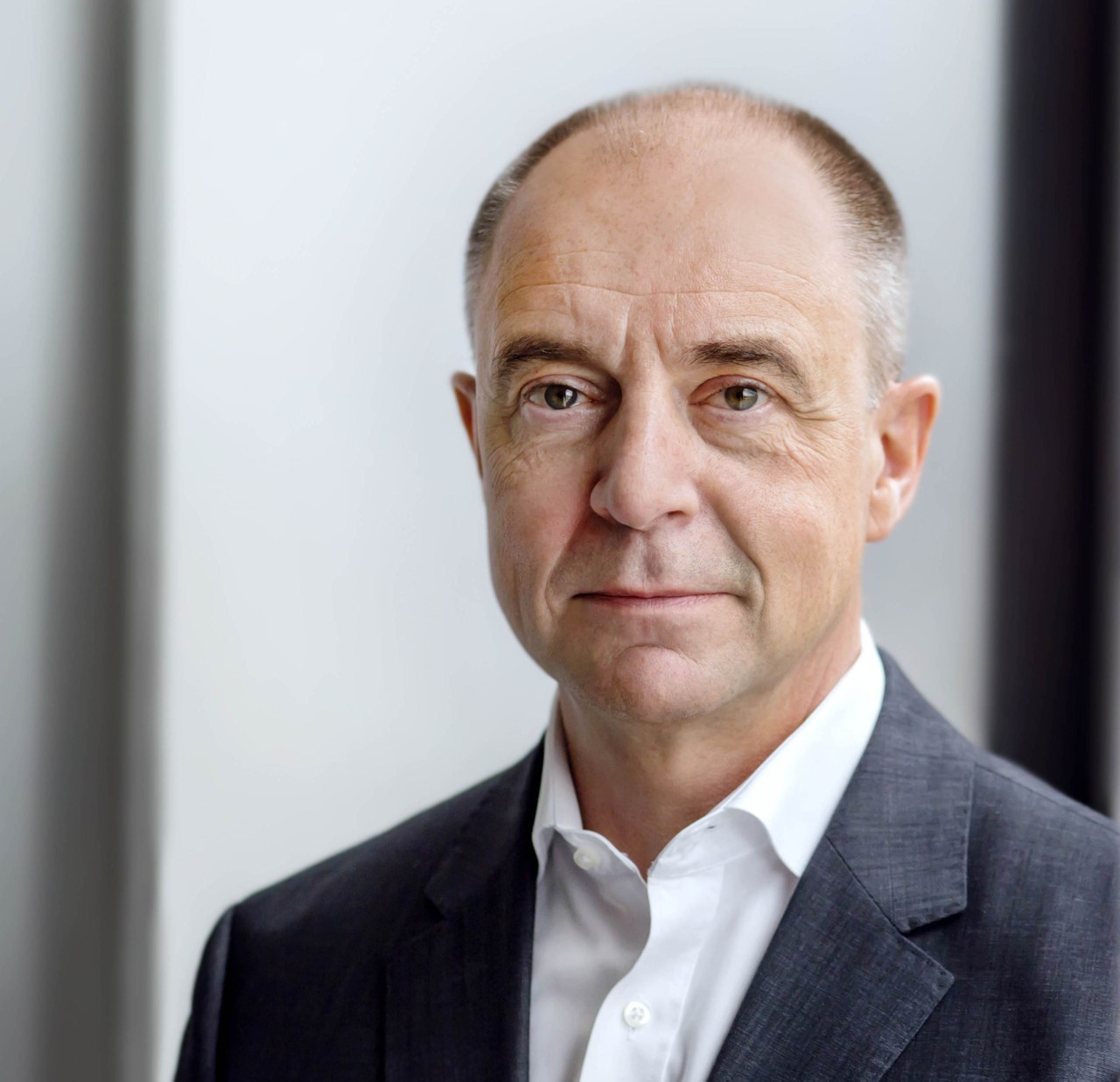 Alexander GERFER is Managing Director and Chief Technology Officer of one of Europe's largest manufacturers of electronic and electromechanical components. The graduate engineer (University of Applied Sciences) in Electrical Engineering and trained radio and television technician has been with Würth Elektronik since 1997 and started his career classically as a technical sales representative. The starting point for today's eiSos Group product range was his knowledge of the many unanswered questions surrounding inductive components, as well as his practical experience in power management, and the need for standardized power inductors and suppressor ferrites. He is instrumental in building the company's research and development as well as product, quality and supply chain management. Alexander Gerfer is a textbook author, lecturer and in-demand keynote speaker. With his experience and credo, he has helped shape the development and orientation of Würth Elektronik eiSos as a service-oriented manufacturer and promoter of technology.
Alexander GERFER is Managing Director and Chief Technology Officer of one of Europe's largest manufacturers of electronic and electromechanical components. The graduate engineer (University of Applied Sciences) in Electrical Engineering and trained radio and television technician has been with Würth Elektronik since 1997 and started his career classically as a technical sales representative. The starting point for today's eiSos Group product range was his knowledge of the many unanswered questions surrounding inductive components, as well as his practical experience in power management, and the need for standardized power inductors and suppressor ferrites. He is instrumental in building the company's research and development as well as product, quality and supply chain management. Alexander Gerfer is a textbook author, lecturer and in-demand keynote speaker. With his experience and credo, he has helped shape the development and orientation of Würth Elektronik eiSos as a service-oriented manufacturer and promoter of technology.
Adithya MADANAHALLI, IoT Solution Architect at Würth Elektronik eiSos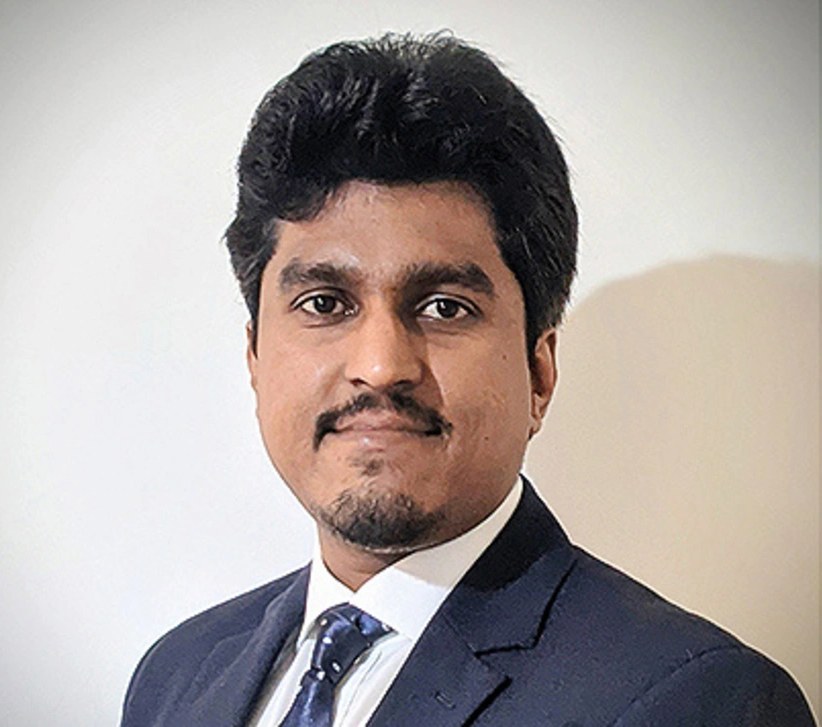 Adithya MADANAHALLI graduated from the Technical University of Munich with an MSc in Communications Engineering. He went on to work for several years as a software engineer in the field of wireless connectivity and sensors. Since 2017, Adithya Madanahalli has been working as an IoT engineer at Würth Elektronik eiSos in the Wireless Connectivity and Sensors business unit. Here he is specialized in the design and development of IoT solutions with a focus on hardware, embedded software and end-to-end security.
Adithya MADANAHALLI graduated from the Technical University of Munich with an MSc in Communications Engineering. He went on to work for several years as a software engineer in the field of wireless connectivity and sensors. Since 2017, Adithya Madanahalli has been working as an IoT engineer at Würth Elektronik eiSos in the Wireless Connectivity and Sensors business unit. Here he is specialized in the design and development of IoT solutions with a focus on hardware, embedded software and end-to-end security.
Johann WALDHERR, Business Development Manager for Horticulture LEDs at Würth Elektronik eiSos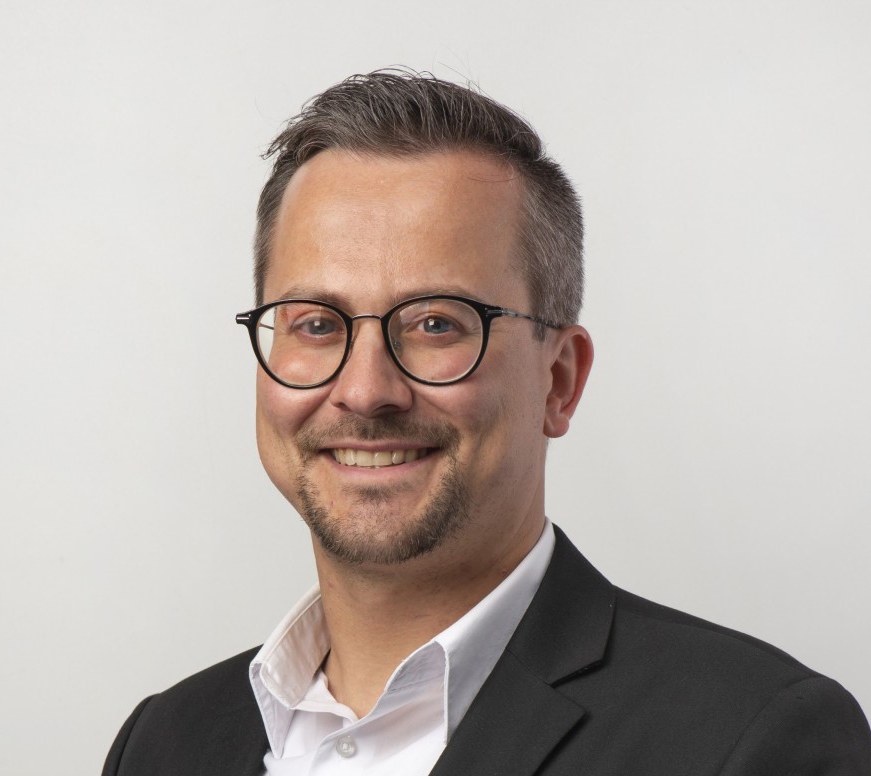 Johann WALDHERR graduated from the Technical University in Munich and Humboldt University in Berlin with a MSc. in Horticulture Science. He then worked for several years as a plant researcher, with a focus on how different wavelengths of the light influence different quality parameters of the plant. Since 2017, Johann has been a Business Development Manager for Horticulture LEDs at Würth Elektronik eiSos in the business unit eiPal Optoelectronic. There he specializes on the biological, optical and electrical parameters in the field of Vertical Farming and Horticulture Lighting. He supports the development of light concepts in the area of plant lighting.
Johann WALDHERR graduated from the Technical University in Munich and Humboldt University in Berlin with a MSc. in Horticulture Science. He then worked for several years as a plant researcher, with a focus on how different wavelengths of the light influence different quality parameters of the plant. Since 2017, Johann has been a Business Development Manager for Horticulture LEDs at Würth Elektronik eiSos in the business unit eiPal Optoelectronic. There he specializes on the biological, optical and electrical parameters in the field of Vertical Farming and Horticulture Lighting. He supports the development of light concepts in the area of plant lighting.
References
{C1} The future of food and agriculture: Trends and challenges, a report by the Food and Agriculture Organization of the United Nations, 2017: https://www.fao.org/3/a-i6583e.pdf (Accessed: March 24, 2018).
{C2} Würth Elektronik horticulture LEDs: https://www.we-online.com/en/components/products/led/leds/horticulture_leds
{C3} Gerfer, A.: The future of food production! Würth Elektronik as enabler in the field of vertical farming. Video: https://www.youtube.com/watch?v=U_OoyHLR7lQ
{C4} Blakey, R.: Advantages of LED Lighting in Horticultural Applications. AppNote ANO003: https://www.we-online.com/components/media/o128284v410%20ANO003a%20EN.pdf
{C5} Würth Elektronik Lighting Development Kit: https://www.we-online.com/en/components/products/LIGHTING_DEVELOPMENT_KIT
{C6} Great Scott: "Magical" LEDs let my plants grow faster? (Experiment) The Future of Farming! Video: https://www.youtube.com/watch?v=4FryMPpJG6I
{C7} Fisch, I.: Anders ackern [working the land differently (article in German)], Süddeutsche Zeitung online, July 29, 2022, https://www.sueddeutsche.de/wirtschaft/landwirtschaft-transformation-innovation-vertical-farming-smart-farming-indoor-farming-ukrainekrieg-lebensmittel-wirtschaftsgipfel-salon-1.5630332
{C8} Waldherr, J.: Horticulture-LEDs verbessern das Pflanzenwachstum [Horticulture LEDs improve plant growth (article in German)]. Elektronikpraxis online, July 29, 2022, https://www.elektronikpraxis.de/horticulture-leds-verbessern-das-pflanzenwachstum-a-5e046d8b29a99bb1bf6a50234bdabcd7
{C9} Koller, P.: Was ein Erdbeerpflücker auf der DLD-Konferenz zu suchen hat [What a strawberry picker is doing at the DLD (Digital Life Design) conference (article in German)]. All-electronics.de, January 19, 2023, https://www.all-electronics.de/automatisierung/warum-beim-automatisierten-erdbeerpfluecken-das-licht-eine-hauptrolle-spielt-186.html
{C10} Blakey, R.: LEDs – The Future of Horticultural Lighting. AppNote ANO002: https://www.we-online.com/components/media/o120602v410%20AppNote_ANO002_
TheFutureHorticultureLightning_EN.pdf
{C11} Gerfer, A.; Waldherr, J.; Özgür, H.: Lighting Control for Food Production. LED Professional May/June 2023, issue 97, p. 28, https://www.led-professional.com/downloads/lpr97_full_11819.pdf
{C12} Brunton, V.: Irrigation water quality. https://www.dpi.nsw.gov.au/__data/assets/pdf_file/0005/433643/Irrigation-water-quality.pdf (Accessed: January 31, 2023)
© 2024 Luger Research e.U. – Institute for Innovation & Technology
